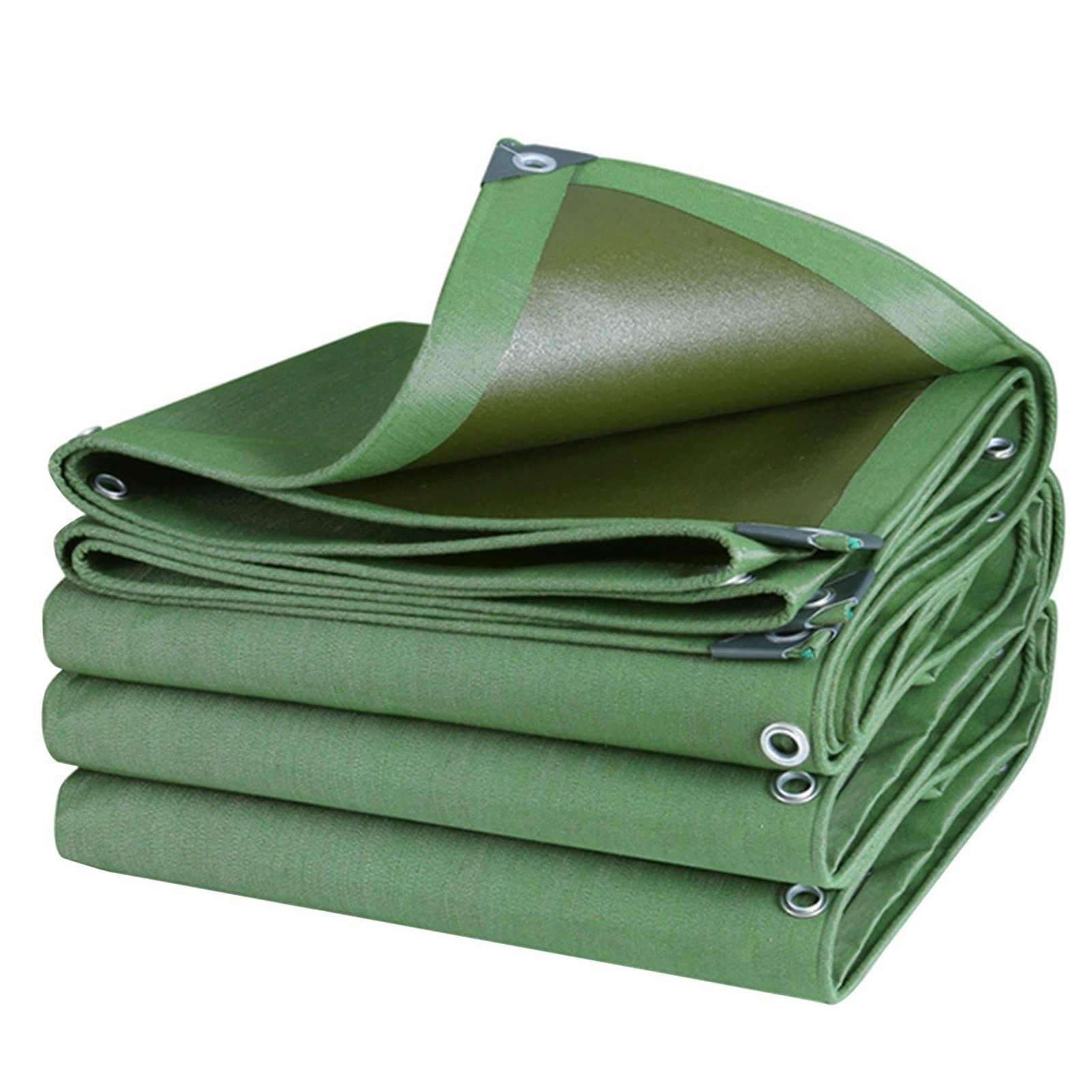Many companies have been adopting the open-office floor layout in the recent past. On the one hand, they foster teamwork and shared access to information; on the other hand, they result in noise and intrusion of privacy. Portable walls made of Tarpaulin can be a convenient and reasonably priced solution for improving the organization and privacy of the office space.
So, in this blog post, readers will learn about the advantages of tarpaulin dividers, the tips on the choice and location of such screens, the ideas on how to use them, and why it is better to choose them for open-space offices.
Benefits of Tarpaulin Dividers
There are many advantages to using tarpaulin dividers in a workspace, including:
- Privacy: Cubicle dividers include fabric barriers designed to separate working stations and provide privacy for conversations in the open space. It is also made from thick fabric to reduce noise to enable the individual to concentrate.
- Flexibility: The available tarp types may be in different size, color and there are different ways of how they can install. These can be set up in a linear or curved arrangement and relocated to change the configuration of spaces.
- Cost-Effectiveness: Tarp felt or industrial grade fabric is inexpensive, much cheaper than having to build a permanent wall. Tarps are very flexible in terms of installation, washing, and the frequency at which they can be replaced.
- Style: From plain colors to interesting patterns, tarp dividers bring life and aesthetics to otherwise dull corporate corridors. They appear more professional and contemporary as opposed to the usual cubicles.
- Natural Light: Tarp, in contrast to typical walls, let a large number of natural light pass through the material and brighten up the whole office. This improves the mood of an individual and makes them more productive.
Considerations for Placement
When determining where to place tarpaulin dividers, consider these tips:
- Observe the contours of the natural route for walking and visibility to derive the best positioning.
- Around desks, create secluded work nooks by adopting L-shaped configurations.
- Arrange in a way that they are perpendicular to the windows or entryways to ensure they offer some level of privacy when viewed from these directions.
- I would advise using heights and angles to achieve a balance between being too exposed and having too much concealment.
- Create ad hoc partitions for the temporary arrangement of meeting spaces in the unused areas.
- I need to mark locations of electrical outlets and wiring before laying the tarps so that lamps, fans, etc can be wired accordingly.
- Using pass-throughs or transparent mesh tarps in between sections to have some visibility between the sections.
Creative Applications
Beyond basic workstation barriers, get creative with Canvas Tarpaulin dividers by:
- Creating zones for temporary shelter, be it for relaxation or temporary withdrawal from the communal work area.
- Using ceiling-to-floor drop cloths to section large meeting halls into smaller meeting sections.
- Designing partitioned alcoves along the walls for students to use during independent reading or even for personal and private telephone conversations.
- As divider panels on which information may be posted or used as Writing, White Boarding or Display panels.
- Using for walkways, post/mailbox locations or directing pedestrian traffic within large areas.
- Securing storage areas, equipment, or otherwise, less visually appealing areas from other accessible or viewable zones.
Optimizing Open Office Space
As seen from the discussion above, Tarpaulin dividers ensure that organisations take advantage of the open office concept yet at the same time offer privacy and work enhancement through the ability to divide and redivide space. Employees may be able, for instance, to focus more on individual activities within the spaces marked by visual partitions while still remaining in a shared setting.
The great flexibility and variations possible for tarp dividers make the best use of the square footage as it can divide in multiple ways and uses to improve occupancy requirements as businesses expand and change. It also means that rearrangement, relocation, and storage can easily done to suit the future needs of the organization.
In terms of cost, it is much cheaper to install and replace tarps than to use drywalls or individual cubicles. Consequently, when more companies adopt remote-hybrid practices, creating flexible workspace arrangements with tarpaulin dividers is beneficial in meeting the new demands of the modern workplace.
Also Read: https://buddiesreach.com/


